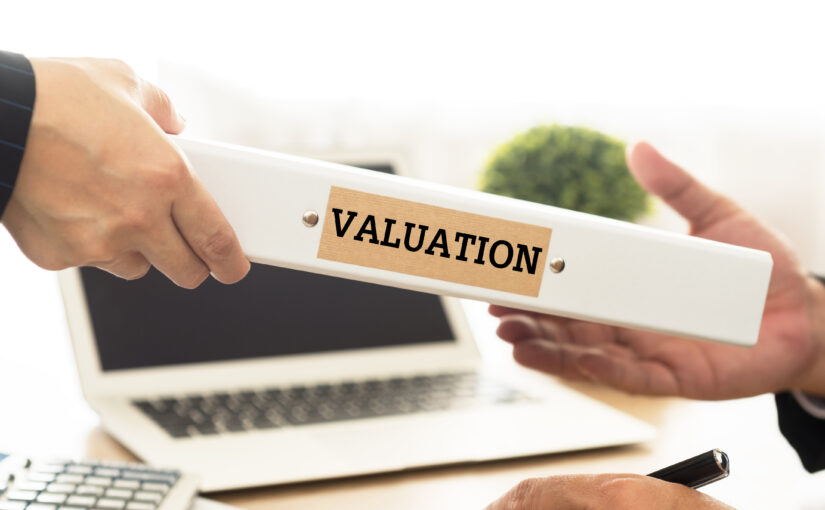Navigating the complex landscape of biotech valuations is often more of an art than a science. This article shows the methodologies and considerations implemented when assessing biotech products in a field where industry meets commerce.
Big acquisitions like the purchase earlier in 2023 by Merck of Prometheus Biosciences are very good examples of how valuation metrics work and also show that often it’s not just about price. In this case, the big pharma company spent USD 10.8bn, with the acquisition mainly centering on a sole Prometheus asset, PRA023, developed to treat inflammatory bowel diseases – highlighting the need for adequate asset valuation as part of the acquisition process.
The valuation of a biotechnology asset can be done in several ways. There is no right methodology and it makes sense to approach things from different perspectives. A gold standard in the industry is the risk-adjusted net present value (rNPV). This valuation approach is based on the classical discounted cash flow with some special adjustments for the biopharma sector.
The rNPV calculation can be split into 4 different elements:
- Development phase
- Market phase
- Risk adjustment
- Discounting to present value
With these four parts, it becomes possible to build a free cash flow model looking 15 years into the future.
Development phase:
The development phase looks at the cost and timeline for bringing the product to different markets. For example, the product may be already approved in the EU and Canada while in the US it is still in the process of registration. As such there might be some additional registration costs in the US to be considered and the product could be expected to be on the market within one year. Additionally, if we later consider other markets such as Asia, South America and other emerging markets, the costs for additional registration in these markets and the timeframe until when market entry can be expected should also be considered.
Market phase:
For the market phase, it is important to take into account the prevalence (how many patients actually have the disease), the pricing of the drug in the different markets, the competition and again, based on the development timelines, the time when the product can be sold on the different markets.
Based on this information, a revenue projection can be generated taking into account prevalence, pricing and competition. Obviously, one can use different scenarios and apply different prices and different market shares for different markets. However, it should be clear that despite all the calculations and scenarios, in the end, it’s all based on assumptions and expectations – valuation is not a precise science, but rather an art.
Risk:
Compared with a discounted cash flow valuation, the risk in an rNPV is split into two parts 1) product-specific attrition risk (risk adjustment) and 2) the general business risk (discounting).
For the risk adjustment, it is possible to use historical information of the success rate for a product in a specific indication to move successfully from one phase to the next. The yearly cash flows can be risk-adjusted according to their likelihood based on the success rates for the particular ailment that the asset in question is targeting. Generally, the likelihood for the cost of the current phase (i.e. registration) is 100% as the company needs to spend the money to know if it will pass the phase successfully.
Discounting to present value:
The next step would be to take the general business risk into account and calculate the present value of the future expected risk-adjusted cash flows. For this, a discount rate is used. Depending on the company involved, the discount rate generally varies from 10% to 25%, but can also be higher. This rate reflects the cost of capital and the general business risk, with both being substantially lower for big pharma companies versus a small biotech company. As a result, a big pharma company may be able to pay a higher price for a product / company because their cost of capital and associated business risk is much lower.
Overall the price that is being paid for a company or a product can vary depending on the acquisition party. Price is in the eyes of the beholder. Valuation can help to provide a basis for negotiations, but price is not equal to value.
If you’re looking to learn more about the world of product and company valuations, consider attending one of the many workshops hosted by Venture Valuation.


